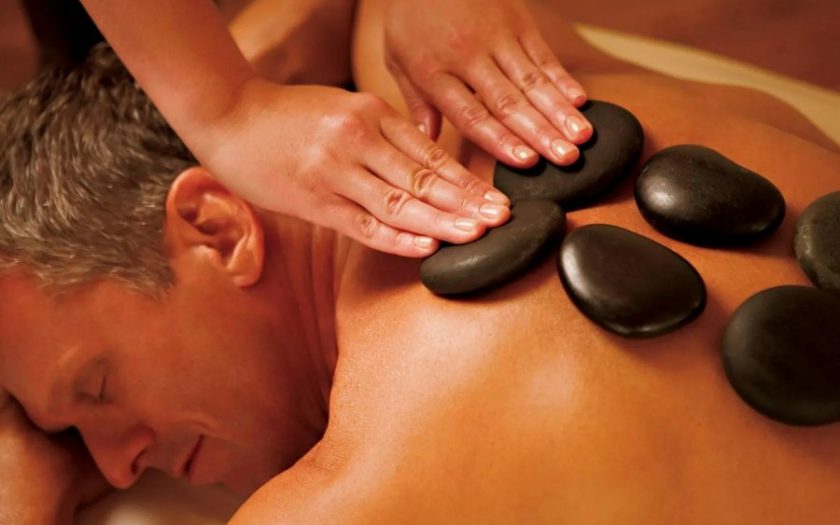Dear friends, in this article I want to answer at once your numerous questions that you ask me in the comments under the video: when you can do massage, how often and when the result will be.
Question 1: For Which Diseases Can You Massage, and for Which not?
There are a lot of contraindications to massage. Much depends on what kind of massage you are going to do, and how advanced this or that disease is. If you are in doubt about whether or not you can personally get a massage, consult your doctor. General contraindications can always be read online. Many years ago the effect of physical therapy, including massage, on the development of certain diseases such as cysts, myomas, benign tumors, etc. had not yet been fully studied. It was believed that massage and other physical therapy procedures could POSSIBLY aggravate the course of these diseases. Over time it has been proven that this is not the case, but the recommendations remain. If a doctor recommends something that is no longer relevant, there is a question about his competence. My opinion is that the doctor should constantly improve his qualifications.
Before making an appointment with a doctor, I recommend looking at the year in which he was last trained, underwent advanced training. If it was more than 5 years ago, you should think about whether the doctor’s knowledge is relevant today, because medicine is moving forward with great speed.
Question 2: How Often Can I Get a Massage, and When Will the Results be There?
There are general principles:
- You have to do a minimum of 10 massage treatments.
- There is no maximum number of procedures, but usually it is 15-25 sessions.
- Body massage can be done every day, face massage can be done every other day. The break between sessions should not exceed 3-4 days during the course.
- The course of treatment is 2-3 times a year.
- Supportive treatment once a week between courses.
To form an accumulative effect needs a system, that is, consistency, so do not make long pauses between procedures, when passing a course of massage.
It is recommended no more than 20-25 procedures in a course. Adaptation is formed, and our body gets used to the effect and does not give such a progressive positive reaction as it did at the beginning of the course. This is because the positive maximum has already been reached. We can continue to do the massage, but we should not expect to have a WOW effect.
This is especially true for those clients who completed the course 2-3 months ago and came to repeat the course in the hope of getting the same quick result. Such customers should be warned immediately that they did not make unrealistic plans for the WOW effect, as in the first course.
It often happens that in such situations it is the massage therapist who suffers. At 3-4 sessions the client begins to remember what a great result he had with another masseur, and now it’s not like that. Dear friends, do not forget to ask such customers when was the last course of massage and explain to them why it happens.
And most importantly, remember that massage is only an addition to the main treatment – physical therapy, healthy diet and positive mindset. Massage can be done non-stop 365 days a year, if time and finances allow.

Question 3: What Should You Feel During the Massage and After?
Many masters ask this question, especially at the beginning of their career as a masseur. Later on, as a rule, some of them tend to think that the massage should be painful for the client, otherwise it won’t help; others tend to think that the massage should be gentle strokes so it won’t cause any harm. But there is also 3 kind of lazy masseurs, who imitate power massage. Such masters usually massage in this style: they strongly press the spasmed muscle for 30 seconds, so that the client’s eyes fly with sparks, and then they just stroked it for 10 minutes. The client gets the impression that the massage is strong. Of course, this massage was very strong, 5 minutes out of the entire hour.
In fact, during a men spa procedures, whatever it may be, the client should not feel severe pain. But how to understand whether this pain is acceptable or not, because everything is very individual. And to understand is very simple. If the client can breathe through the painful sensations and not hold his breath, then this pain is acceptable. And massage in this case is a physiotherapeutic procedure.
Massage implies a cumulative effect and movement from less to more, so be patient. That is, with each procedure you can increase the effect. I recommend doing it with 3-4 treatments, as 2 is considered the most sensitive. Especially if the interval between the 1st and 2nd session is not long, 1-2 days. It is also possible to warn the client that it can be a ‘healing crisis’. It is a strengthening of disease symptoms, which pass by the 3rd-4th session. It is not always the case, but it is worth a warning. “Crisis of recovery” is not so bad and indicates a positive trend toward recovery.
Remember that we, masters of massage, are not omnipotent, and 50% of success depends on the client, who must follow the recommendations systematically. Only then will the desired result be achieved.

Baseball fan, coffee addict, record lover, Vignelli fan and TDC honorary member. Working at the nexus of beauty and purpose to craft experiences that go beyond design. I am 20 years old.
